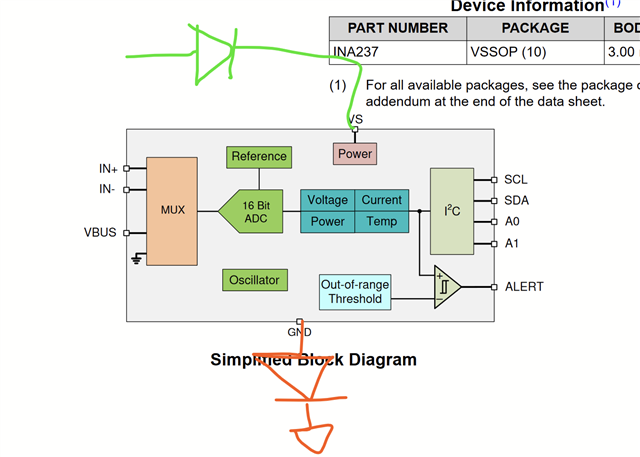Other Parts Discussed in Thread: LMP8603-Q1, INA148-Q1
hello,
for automotive efuse with high-side current sense under reverse polarity condition, i anticipate that input protection diodes on in+/in- , even if supply is protected.
A simple solution is to put a diode / equivalent devices in series from GND pin of device to gnd net, however i think this will introduce some offset from the small VF drop (of course very low as the quiescent current is also low)
Another solution is to increase IN+/- series resistance to several kOhm To significantly limit the input current back thru inputs BAT-
Another option is to use a Opamp with negative CMR capability such as current sense type amp lmp8603-q1 or difference amp (INA148-Q1) which have immunity to this condtion on input.
Thoughts?

